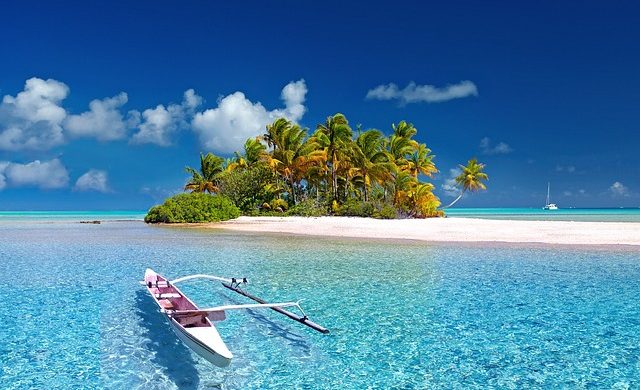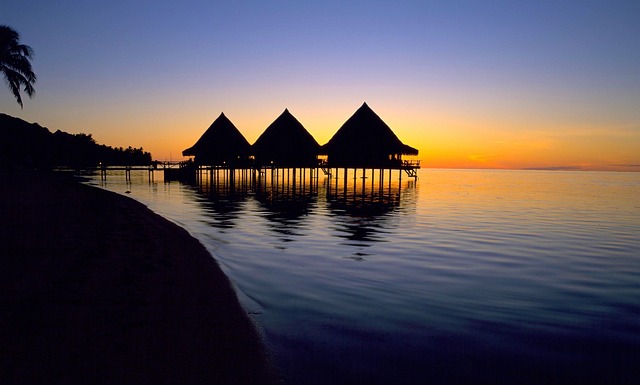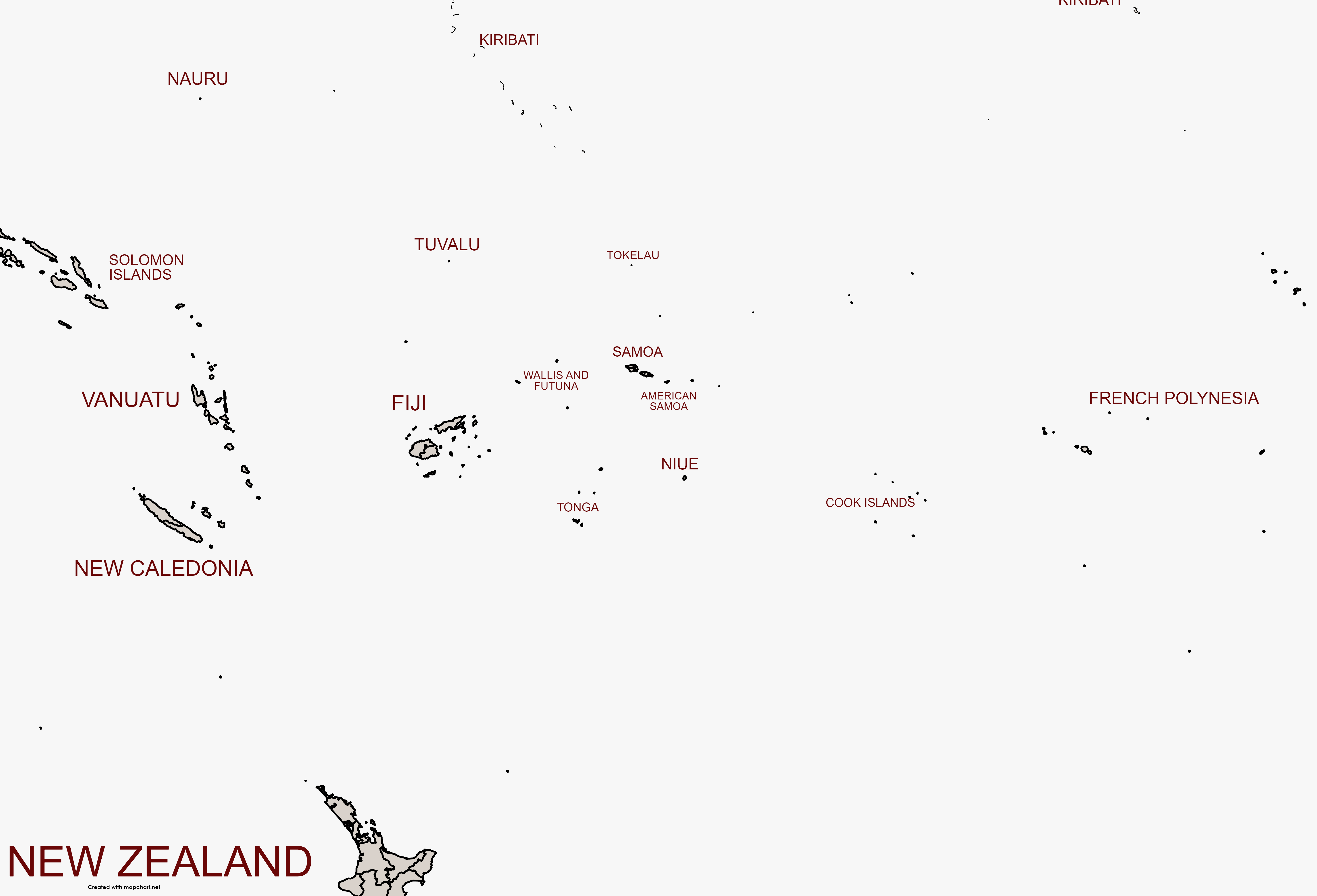Austral Islands: Located on the Tropic of Capricorn, south of Tahiti, the Austral Islands are the southernmost group in French Polynesia. With a cooler climate and a strong sense of self-sufficiency, these islands offer a unique charm. Expect vibrant villages, friendly locals, archaeological relics, and one of the region’s best spots for whale watching during migration season.
Gambier Islands: Over 1,600 km southeast of Tahiti, the Gambier Islands are the most remote and sparsely populated archipelago in French Polynesia. Home to only around 1,000 residents, this peaceful group includes four main islands - Mangareva, ‘Akamaru, ‘Aukena, and Taravai - all within a single lagoon, along with dozens of tiny motus. The largest, Mangareva, is known for its beauty and traditional culture.
Marquesas Islands: Wild, rugged, and culturally rich, the Marquesas are defined by dramatic volcanic peaks, black-sand beaches, and impressive archaeological sites. Located about 1,500 km from Papeete, this remote chain is known as “Te Henua ‘Enana” (The Land of Men). With world-class scuba diving , these islands offer untamed adventure in an untouched natural environment.
Society Islands: The most well-known of the five archipelagos, the Society Islands include Tahiti, Moorea, Tetiaroa, and the legendary Bora Bora. This group is the heart of French Polynesia, with iconic overwater bungalows, lush mountains, and coral-ringed lagoons offering both cultural experiences and relaxation.
Tuamotu Islands: Stretching across 1,500 km, the Tuamotu Islands form the largest chain of atolls on Earth. Made up of 77 low-lying atolls, this region is perfect for diving and snorkelling, with crystal-clear lagoons, vibrant coral reefs, and secluded white-sand beaches. The motus are often covered with coconut plantations, giving a glimpse into the region’s traditional way of life.
When to go
Tahiti enjoys a warm, tropical climate year-round, making it a great destination at any time. However, the best times to visit are during the shoulder months of April to June and September to October, when the weather is pleasant, crowds are fewer, and conditions are ideal for snorkelling, hiking, and island-hopping. The dry season (May to October) offers sunny days and lower humidity, while the wet season (November to April) brings warmer temperatures and brief tropical showers, typically in the afternoons or evenings.
Useful information
Currency: French Pacific Franc (XPF)
Languages: French and Tahitian
What makes it special: Tahiti is the quintessential Polynesian paradise, with white-sand beaches, clear lagoons, and lush landscapes. Beyond its natural beauty, it’s the Tahitian spirit that makes it truly unforgettable, rooted in warmth, hospitality, and tradition. Whether staying in an overwater bungalow, sailing between islands, or attending a traditional ʻOri Tahiti dance performance, every moment feels authentic and immersive.
Social customs: Tahitian culture is welcoming, community-oriented, and deeply tied to tradition. A typical greeting includes “Ia orana” or “Bonjour,” and locals often greet with kisses on both cheeks. Dance, music, and tattoo art are important expressions of identity and history. Travellers are encouraged to embrace local customs, attend cultural shows, and sample traditional Polynesian cuisine to fully experience the islands’ rich heritage.




